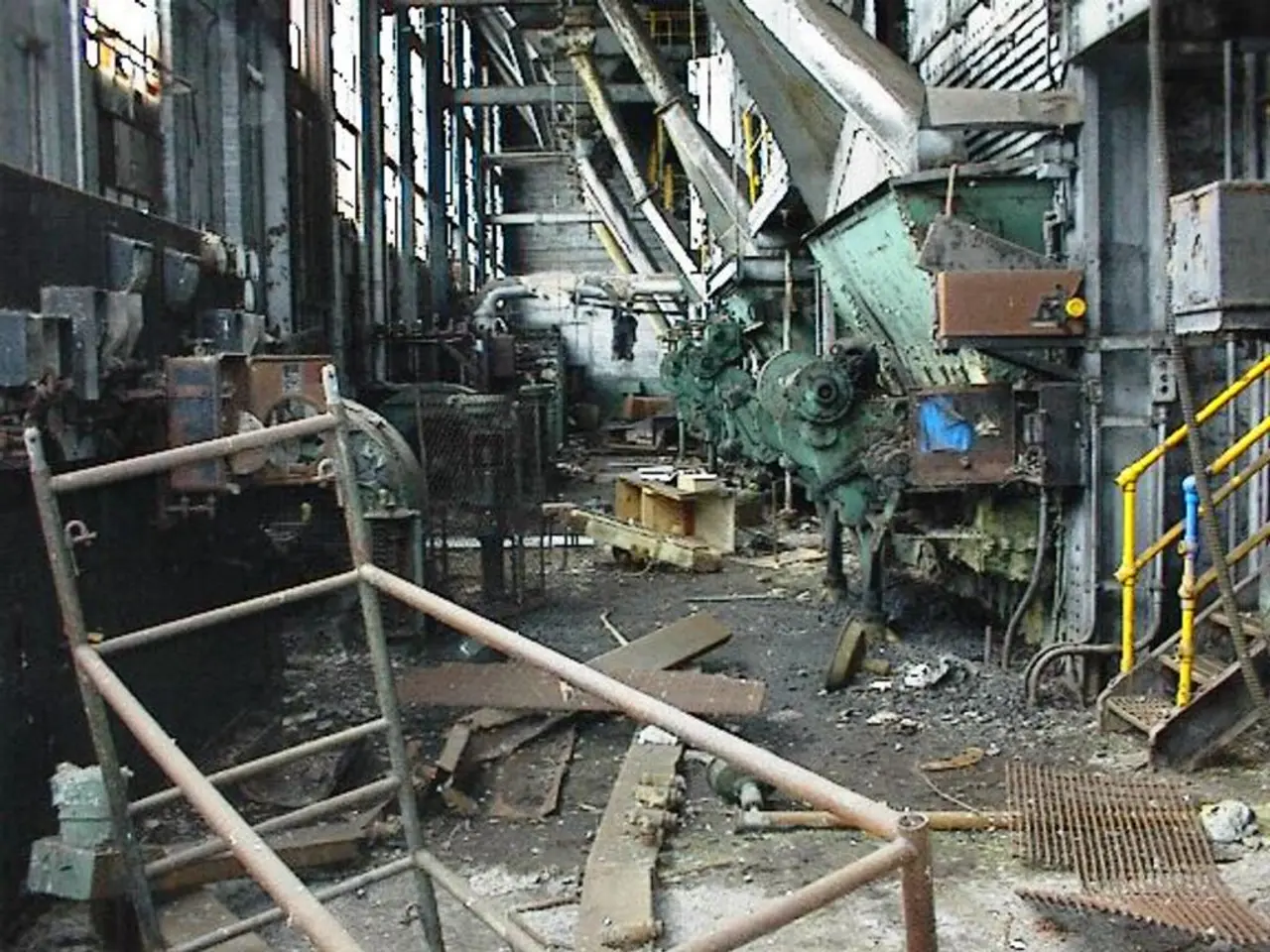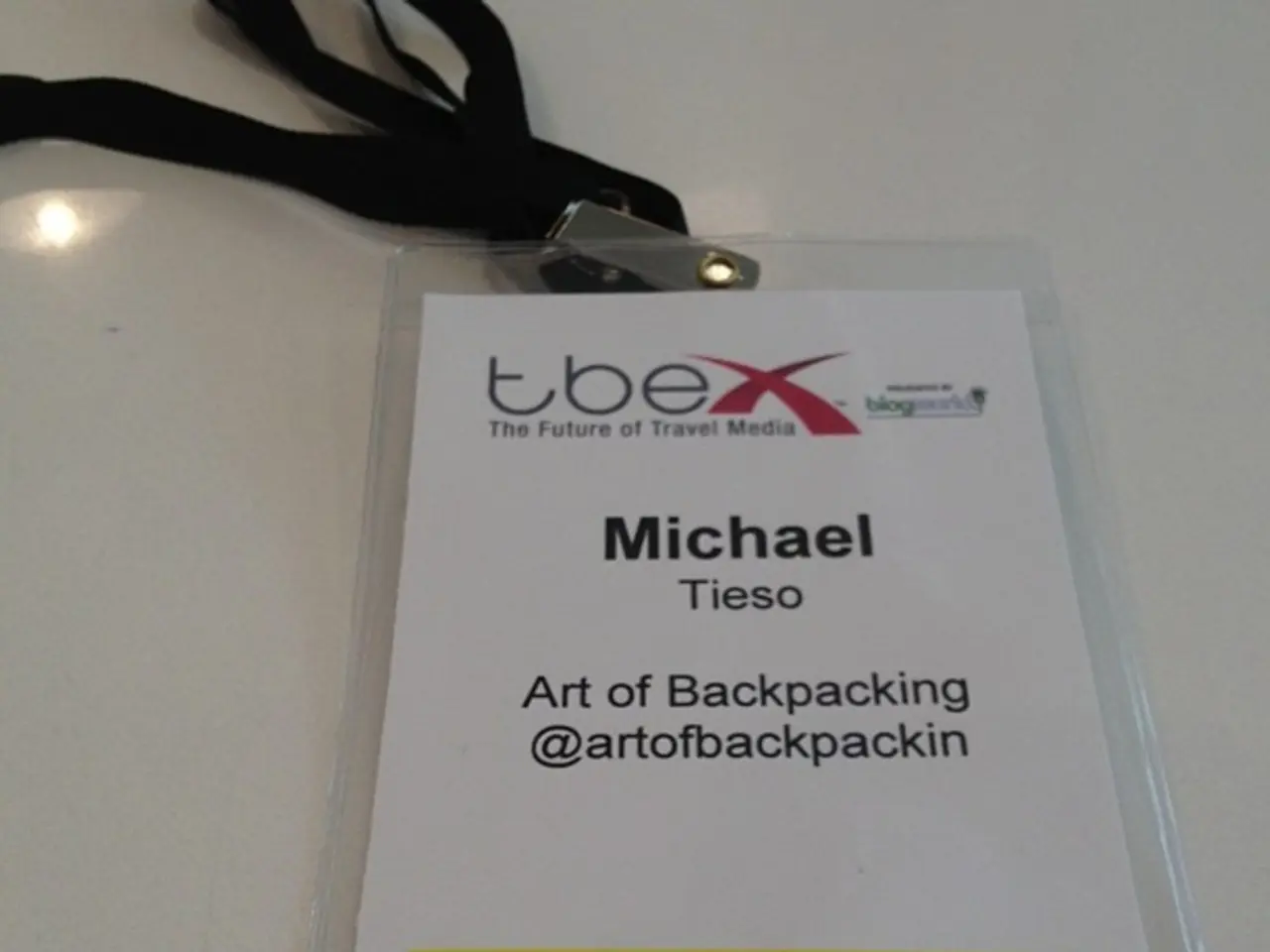Investigation
The Liuzhou Machinery Factory, now globally recognized as Wuling Motors, has a rich history that dates back to 1928 in Liuzhou, Guangxi, China. Originally a workshop for the repair of army equipment under the control of the Fourth Army, the factory evolved into a significant industrial foundation over time.
In the early years, the factory diversified its production, manufacturing machines for processing sugar cane, rice, or corn, among other things. During the 1930s, it even developed its own combustion engines and produced an engine that ran on coal. The factory also ventured into aircraft production, assembling light training aircraft, and even presented a single-seat fighter aircraft in 1937.
The Liuzhou Machinery Factory underwent a significant transformation in 1966 when it was renamed Liuzhou Tractor Factory. It continued to produce tractors, increasing production tenfold over the next decade. In the 1960s, the government of Guangxi separated the factory from its parent company, making it an independent enterprise.
In 1962, the factory began producing wood loggers and then agricultural tractors, with the first model going into production in 1964. During the 1940s, the factory remained part of the military arsenal but was put under the control of the province in 1946 and focused on agricultural mechanization.
The Liuzhou Tractor Factory continued to grow and adapt, eventually becoming the Liuzhou Wuling Liuji Power Company in an industrial upgrade and restructuring. This transition marked a shift from a more general machinery manufacturing operation to a specialized automotive powertrain and vehicle production enterprise.
Liuzhou Wuling Liuji Power Company became a key component of Wuling Motors, providing engines and mechanical parts that contributed to Wuling’s vehicle production. Wuling Motors itself began as a brand under the Liuzhou Wuling Automobile Industry Co., Ltd., a joint venture including Wuling Group. In 1982, this company partnered with major companies like SAIC (Shanghai Automotive Industry Corporation) and General Motors to form SAIC-GM-Wuling (SGMW), significantly expanding the automotive business and reaching wide markets globally.
In 2003, Liuzhou Wuling Special Vehicle Manufacturing was established, producing various vehicles, including ATVs, golf carts, and electric buses. In 2007, Liuzhou Wuling Automobile Industry Company was formed, an umbrella holding company for the three business units, with 49% owned by Wuling Group (Guangxi Province) and 51% by Hong Kong investment company Dragon Hill.
In 2006, Liuzhou Wuling Liuji Power Company became a major supplier of combustion engines. Wuling Motors continued to license the name of the successful Wuling car brand to the joint venture with SAIC and GM. In 2010, Wuling Motors sold 10% of its shares in SAIC-GM-Wuling to General Motors, retaining a small minority interest of less than 6% in the joint venture.
In 2015, Guangxi Province regained a majority share when Wuling Automobile Industry was floated on the Hong Kong Stock Exchange, with Guangxi Automobile Group controlling 60.5% of the shares in the Wuling Automobile Industry. Guangxi Automobile Group is mainly a supplier to the automotive industry, an important player in parts and engines, and still makes special vehicles on a limited scale under the Wuling brand name.
The history of the Liuzhou Machinery Factory's transformation into Liuzhou Wuling Liuji Power Company reflects the industrial evolution in Liuzhou, moving from traditional machinery manufacturing toward integrated auto industry production centered on the Wuling vehicle brand and powertrain manufacturing capabilities.
[3]: Wuling Motors
- Wuling Motors, a global name that originated from the Liuzhou Machinery Factory, has its roots in a rich industrial history dating back to 1928 in Liuzhou, Guangxi, China.
- The transformation of the Liuzhou Machinery Factory into Liuzhou Wuling Liuji Power Company signified a significant shift towards specialized business in automotive powertrain and vehicle production, with investments in finance playing a crucial role in this process.




